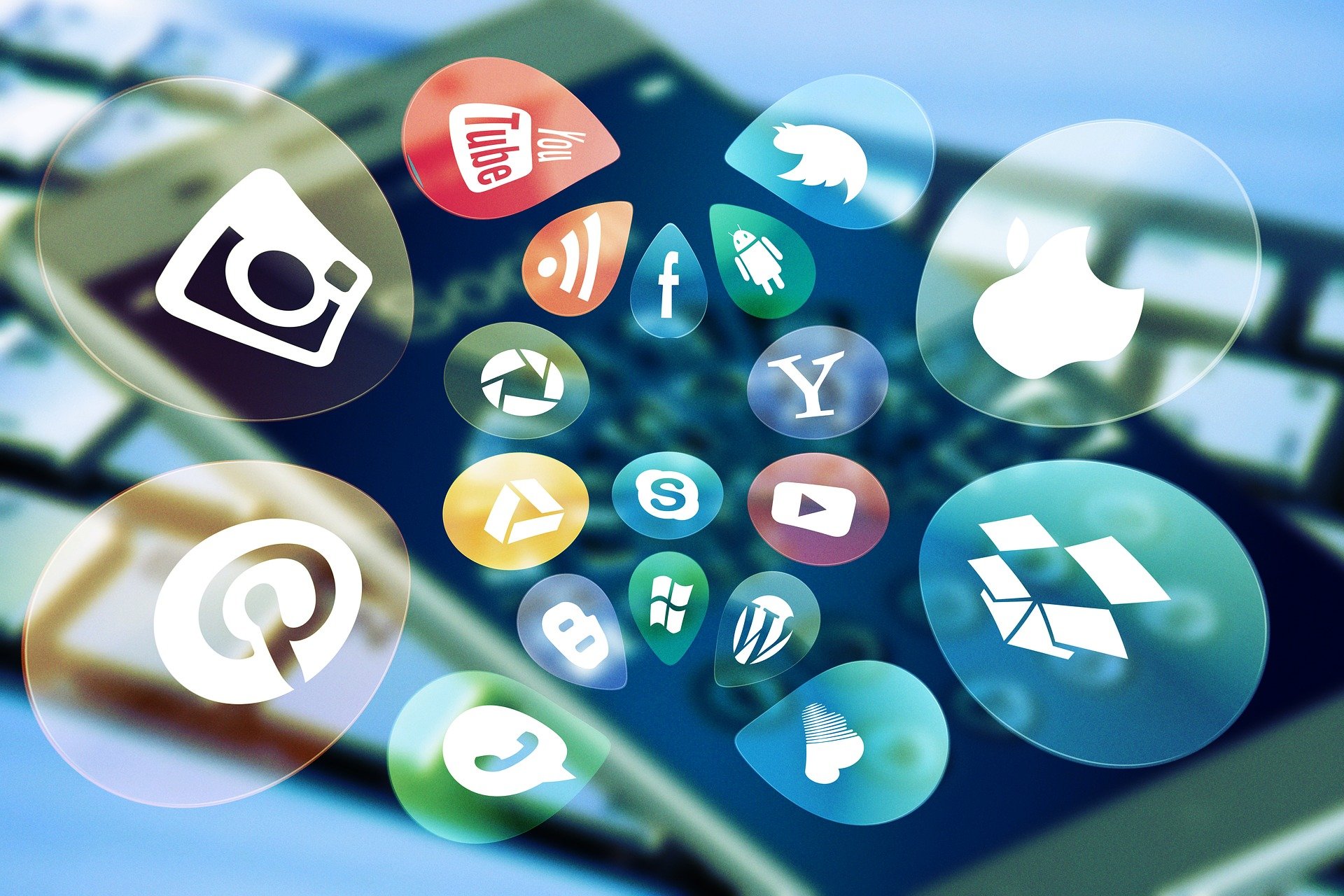iOS vs. Android – did you make the right choice? Find out things you need to know before hiring a developer.
Comparison Between Android and iOS – Choose the Best App Framework for Your Product or Service
iOS & Android are excellent operating systems for today’s smartphone world. They have quite a bit in common, yet, they share significant differences. While many can be laid down, we would like to shed light on mainly the design differences, target users, and price for both systems.
If you want to develop an app for any of your projects, you most likely have a question: how much does it cost to build an app with beautiful UI, great UX, and is primarily bug-free? The following upcoming question is: what should I choose iOS and Android frameworks for my product app from zero to launch. It highly depends on your needs: in-app purchases, type of design, target audience, etc. Read about the differences between iOS and Android below to make a profitable and correct investment.
App Design Difference
Unlike popular myths and misconceptions, the design for Android is the same complicated as for iOS design.
- Android follows material design.
- iOS follows a flat design pattern.
Google Play app rules are stricter and more directive: they provide you with the color palette, size of tables, and distance between icons. On the other hand, Apple is adequate with providing enough recommendations to make your interface more client-oriented and intuitive. However, they don’t follow the guidelines.
App Presentation
The App Store is centralized, and it is one of its most significant features. If an Apple user wants to download something, they go to the App Store that displays all apps and information about them in a standardized way.
Android users tend to use browsers except for Google Play Store. Some of them buy unlicensed app versions, not in-app purchases. If you do not want to meet such tricks, it is better to refrain from Android-based framework development.
Market Share
The target audience of your app will differ for iOS and Android.
No bias, but typical Apple customers will be most frequently male. Most clients are situated in the USA and Europe, and they regularly make and can afford more. Consequently, they are most likely to buy applications and spend on in-application purchases. A greater number of Android users are based around the world, where an enormous measure of these device owners inhabits developing countries. Their income appears to be generally lower, and it means that Android clients are less inclined to buy on the Google Play market.

Branding
In general, companies want to control how the users feel when they use their application, namely the user experience. If you are going to manage and supervise it as well, you have to pick up a platform you can control.
- iOS has 20 screen sizes.
- Android has 200+ screen sizes.
What does it mean for branding? If you build an application and want to have a consistent experience across the board in your application, you should pick the less fragmented one depending on who’s using it.
Suppose you’re making an application and want this screen to be this size, this button to look like this, this click to go to this section, and so on. You don’t want anything to look off but fit seamlessly well. In the case of Android, it appears complex to control the app interface on 200+ screen resolutions. Typically, developers will create five or six main screen resolutions, so more common iOS screen resolutions are easier to control.
Cost of Creating Mobile Apps
iOS versus Android development cost differs but not significantly.
- The average cost to develop an Android App is about $30K.
- The average cost to develop an iOS app is about $40K.
Monetization Model
Monetization models work differently on iOS and Android app development platforms.
- App Store makes more income from in-app purchasing because iPhone users dislike inner app advertisements.
- Android users omit in-app purchases and tolerate app advertising.
Coding Process
The coding processes are not the same for iOS and Android.
- Java is the language for Android app development, and it requires a lot of code to be written.
- The language iOS applications are released on Swift, where developers need to write less code.
Whatever platform you choose, it may be hard to find a developer who knows both languages well. So, make sure you hire a professional developer or agency with experience in the required language.

So, how to pick between iOS and Android? When a company goes mobile, they will typically focus on the platform that will place them in the best position to make money and look good. Clients with disposable income prefer iOS, it’s obvious. But keep in mind the country you are targeting since the demographics matter. We suppose it is the main point to focus on since you create applications for users, and additional criteria like design or technology adoption are just additional ones.
















